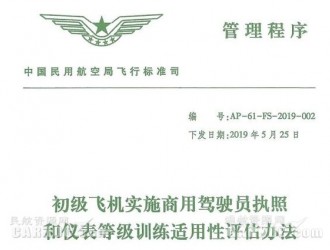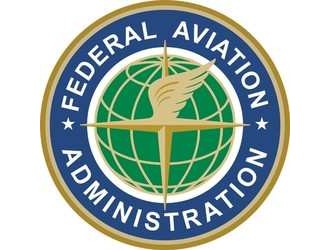
The 18,000-sq-ft two-story terminal was renovated in 2007 and Silverhawk has worked to keep it fresh since. A recliner-equipped pilot lounge with shower facilities was recently added upstairs, and the metal sheathing on the outside of the building was renewed this year. The facility offers a passenger lounge; business center; Wi-Fi; eight-seat, A/V-equipped conference room; crew vehicles; and onsite car rental. A snack area provisioned by an outside vendor provides grab-and-go fare such as sandwiches and salads.
LARGE-AIRPORT BENEFITS
The FBO has 50,000 sq ft of hangar space, the majority of it heated, and can shelter jets up to a Hawker 1000. According to company president Mike Gerdes, there are plans to build a hangar large enough for the new crop of big business jets within the next few years. All told, the location occupies 14 acres and, given the length of the runway, it can accommodate virtually anything with wings on its ramp. “You’ve got all the advantages of a larger airport and you don’t really have a lot of traffic that is going to slow you down for in and outs,” said Gerdes, who noted that his facility sees typically 50 operations a day.
Located near the center of the country, Silverhawk specializes in quick turns for aircraft traveling coast to coast or anywher north or south. “That’s a key piece of our business,” Gerdes told AIN. “Pretty much any way you cross the U.S. you are going to be fairly close to Lincoln.”
The Phillips 66-branded facility has a 31,000-gallon tank farm served by two jet-A tankers (5,000 gallons and 3,000 gallons) and a pair of 1,500-gallon avgas trucks, manned by the location’s NATA Safety 1st and Phillips 66 professional line service trained staff. Pumping a million gallons a year, the facility rewards customers with Omaha Steaks for minimum fuel uplifts and charges no landing or facility fees for GA aircraft.
Business for Silverhawk is steady year round, with the usual spikes in traffic around the holidays. It is home to 80 aircraft, 15 of them turbine-powered, ranging from King Air 90s to a Cessna Citation Excel. Silverhawk, which has a staff of 75, maintains its own charter certificate and operates 10 aircraft, split evenly between jets and turboprops, and has a Part 145 repair station that can handle virtually any work on piston aircraft, turboprops and small jets up to the Excel. The company refers anything larger to neighbor Duncan Aviation, which typically returns the favor by sending smaller aircraft Silverhawk’s way. The smaller company is known for its King Air expertise and was awarded its own STC for engine upgrades on the aircraft. It now claims to have done more such upgrades on the turboprop twin than any other single facility in the world.
If college football is Nebraska’s unofficial religion, then the 92,000-seat Memorial Stadium at the University of Nebraska’s Lincoln campus is its cathedral. On game days it becomes the state’s third most populated city and can attract as many as 70 aircraft to the FBO.
“One time, we had a customer who was forced by weather to land in Lincoln and had no idea it was a Cornhusker game weekend. There were no hotel rooms anywher to be found,” said Gerdes, adding that calls to other towns were also unsuccessful. Rather than admit defeat, the CSR offered the customers the use of her apartment for the night, which was gratefully accepted. “One of our core values is that we do whatever it takes,” said Gerdes, who began with the company as a CSR in 2004, and last year—along with director of maintenance and avionics Gene Luce—bought it from former owner and current charter pilot Dan Hinnah. Whether it’s cleaning aircraft linens for crews at the local laundromat or helping a harried flight attendant remove the green M&Ms for a charter customer, the location’s staff is constantly looking for ways to go above and beyond. “Everything we do revolves around customer service,” Gerdes said.





